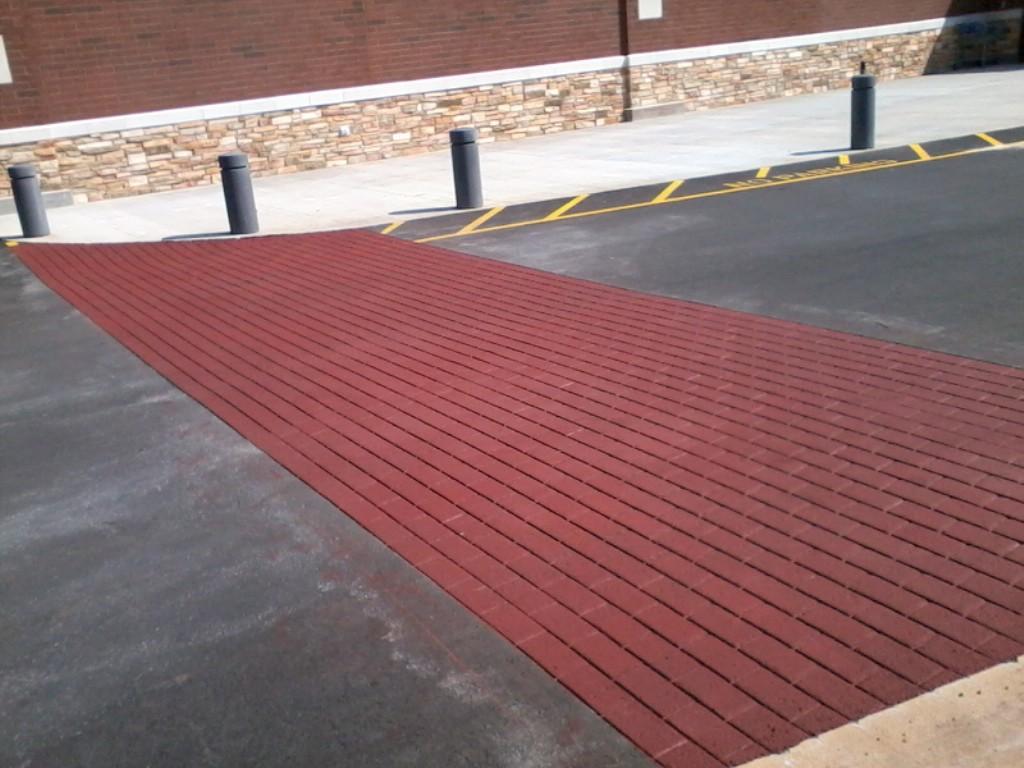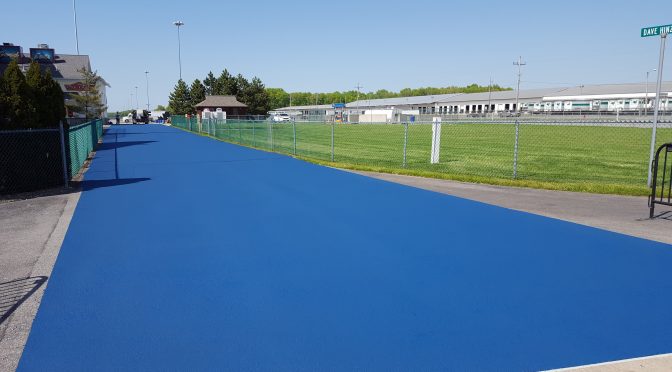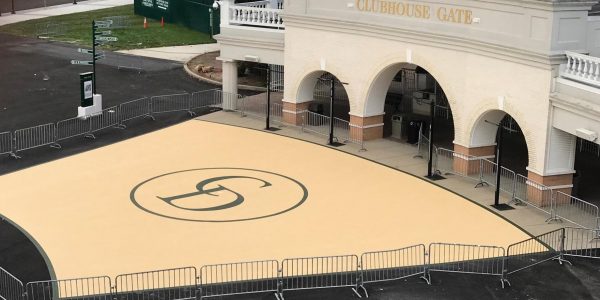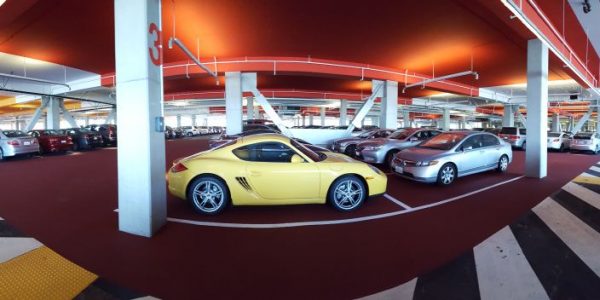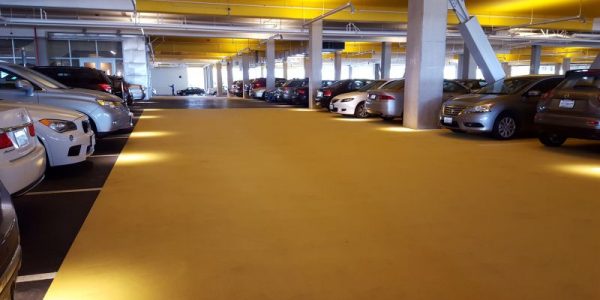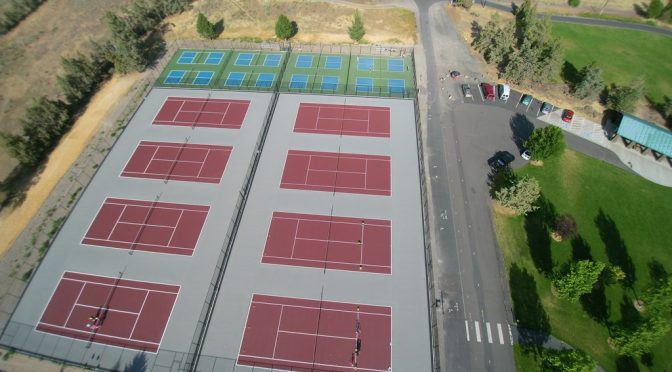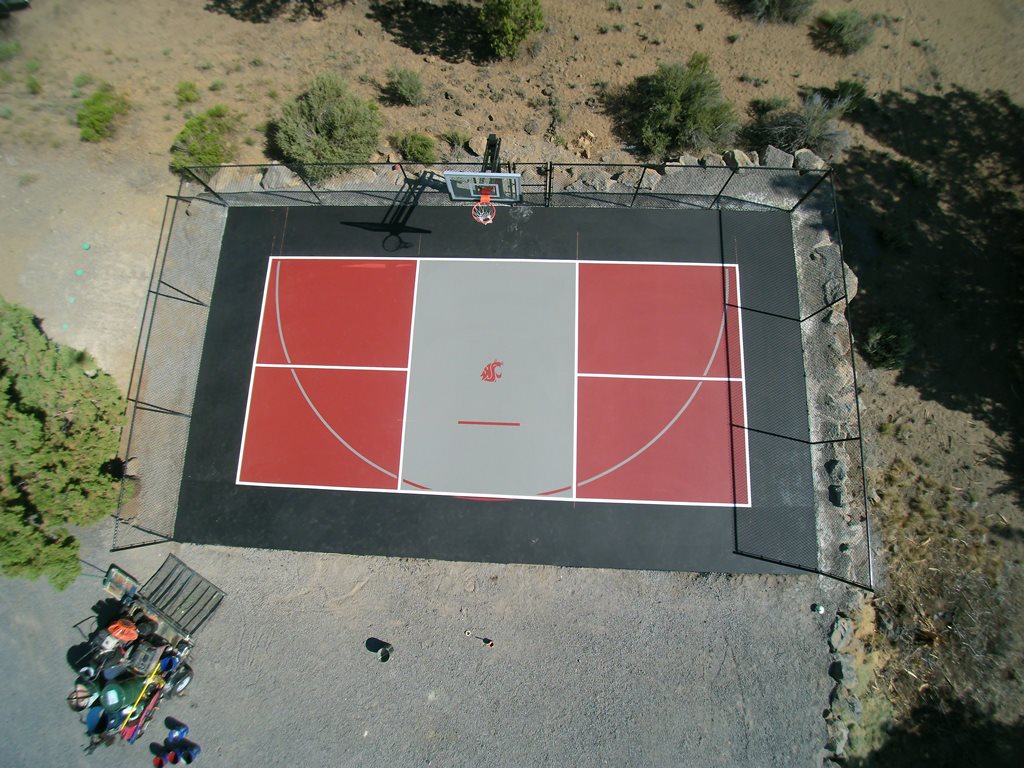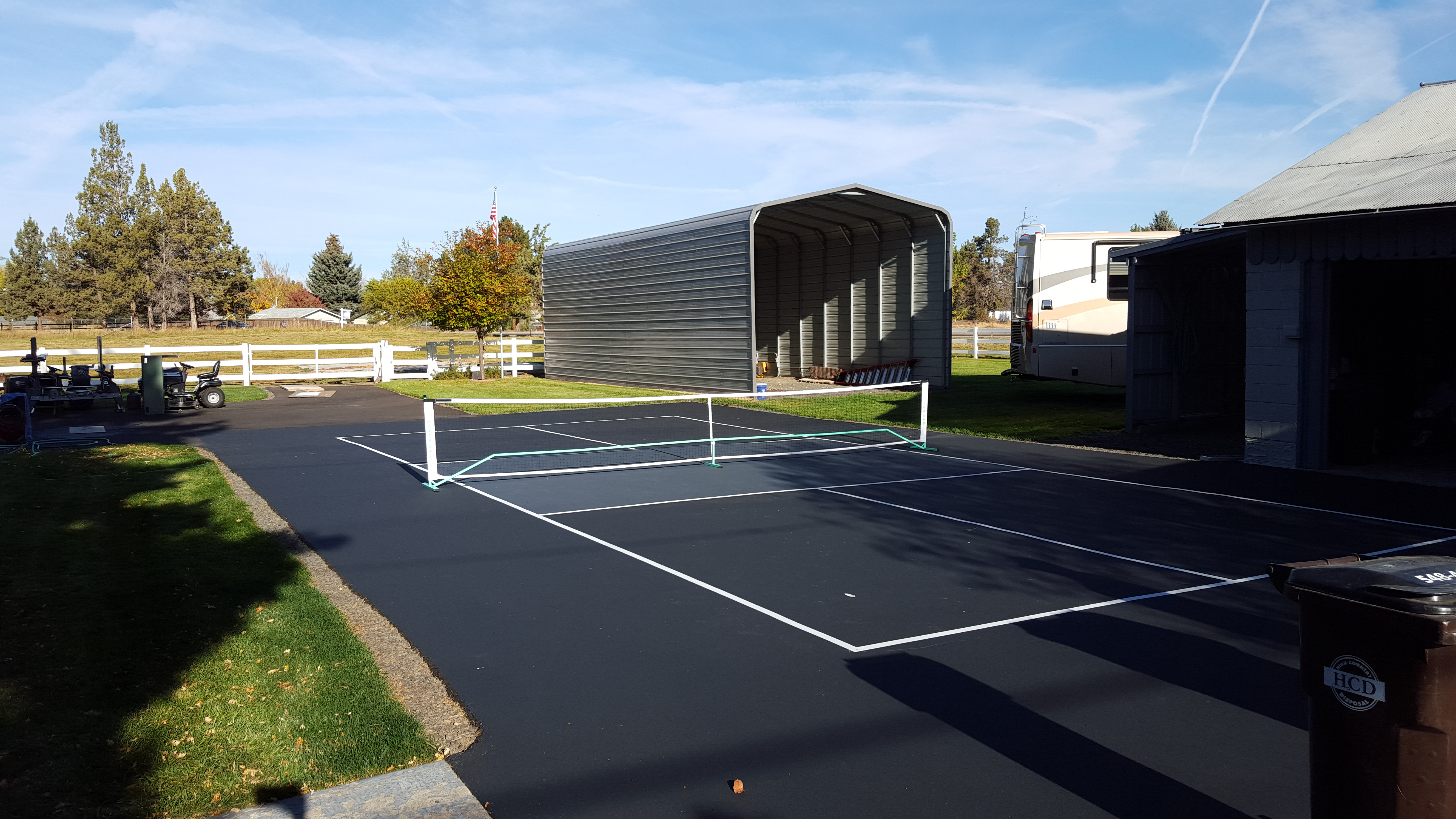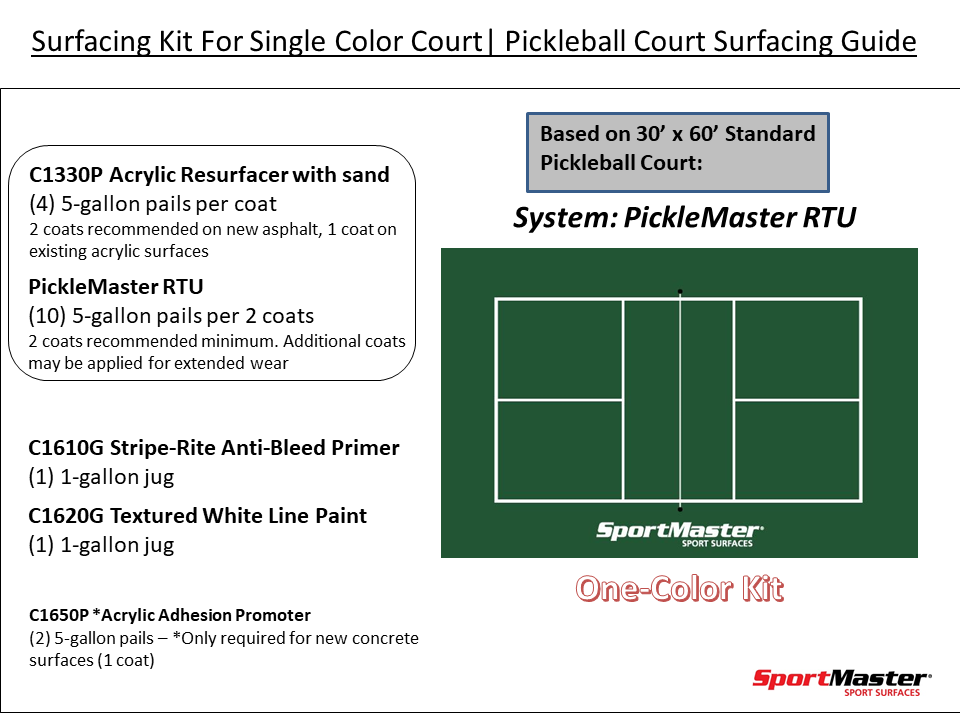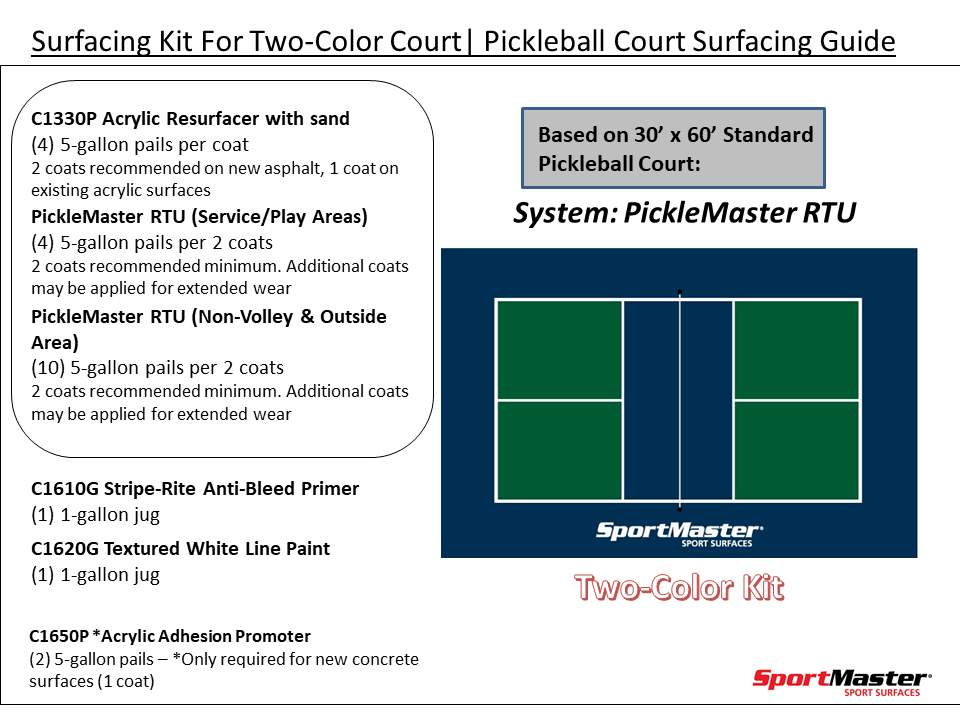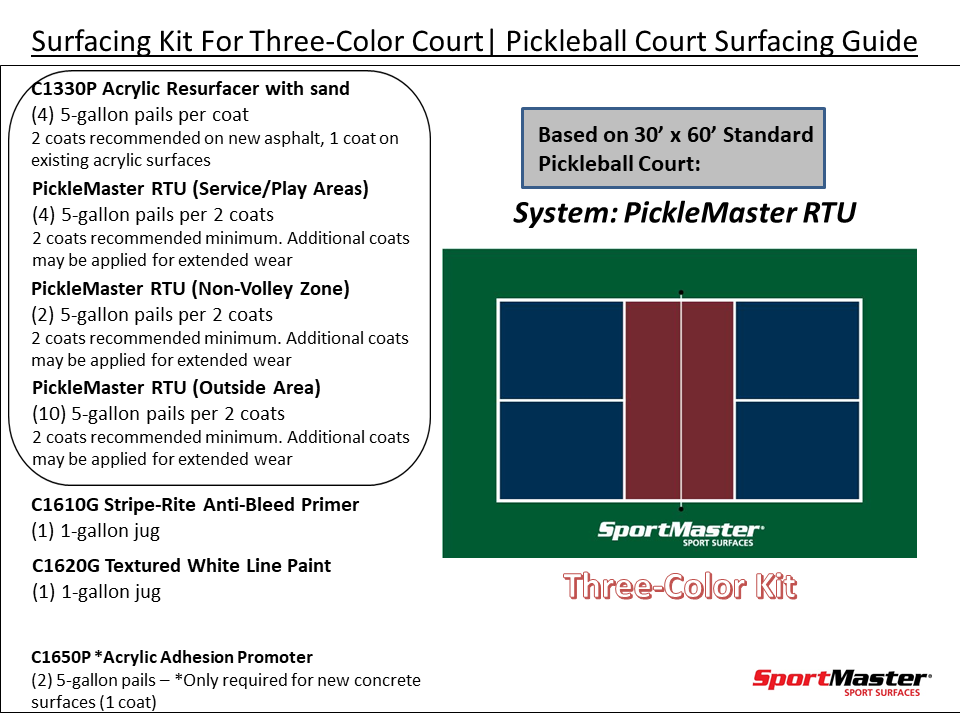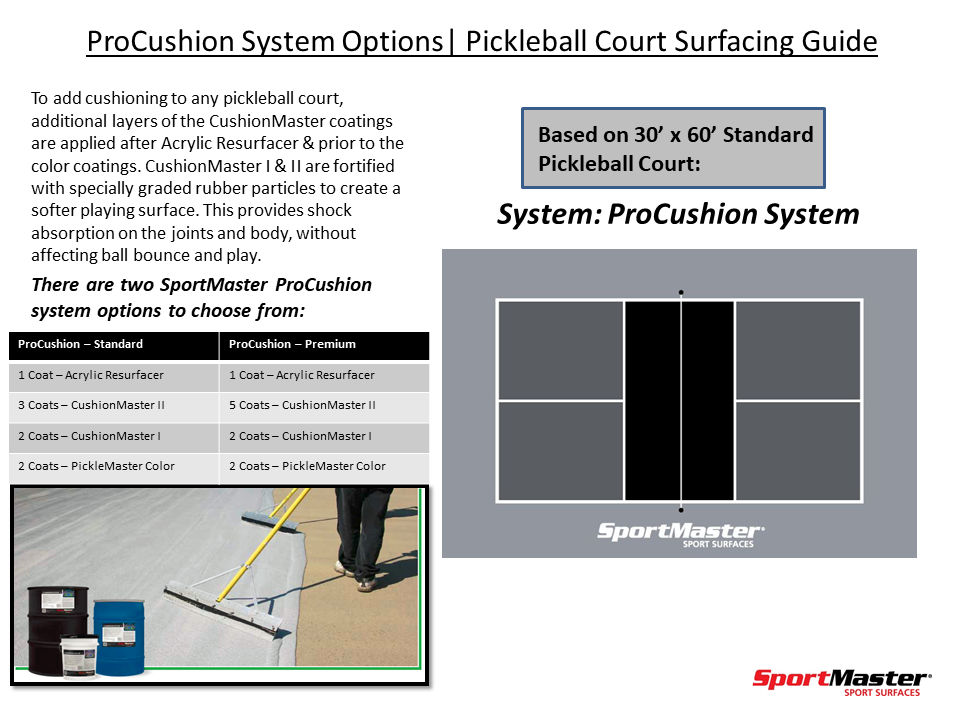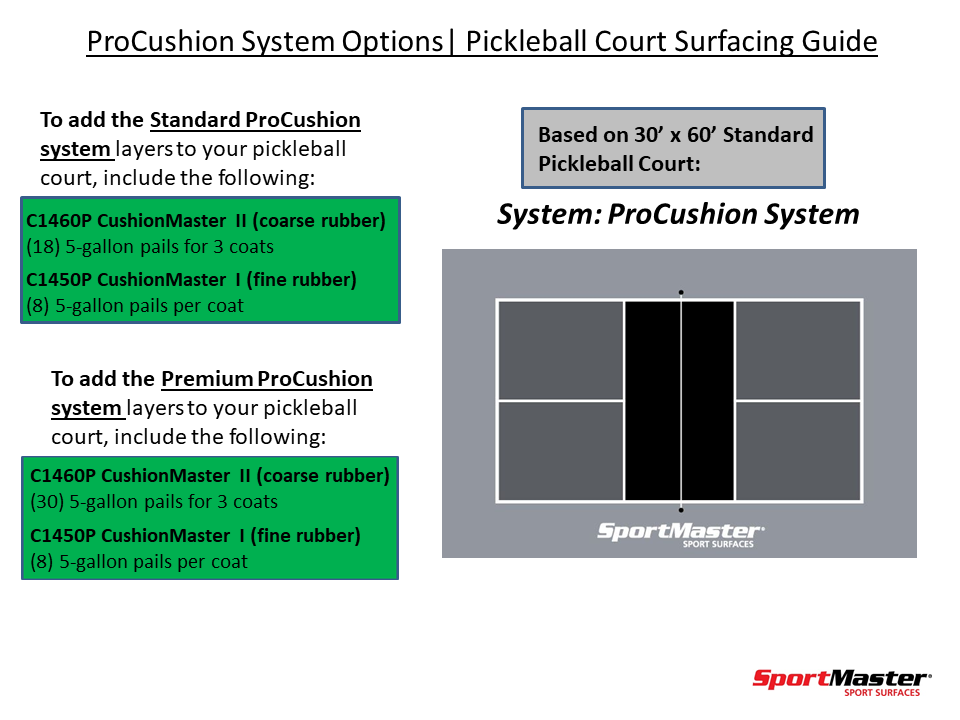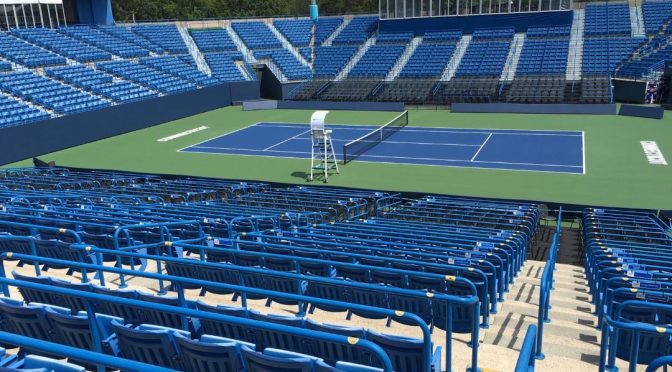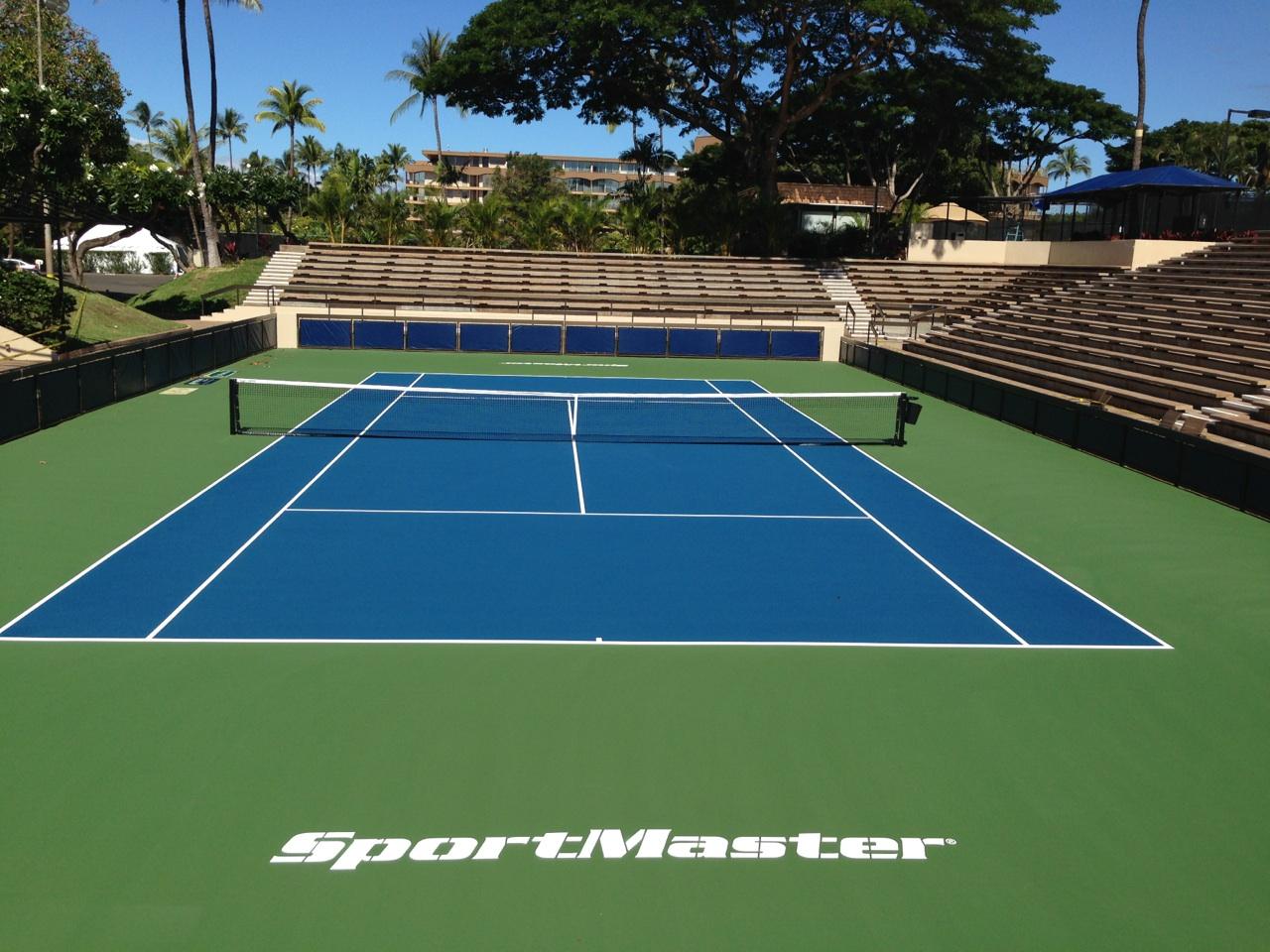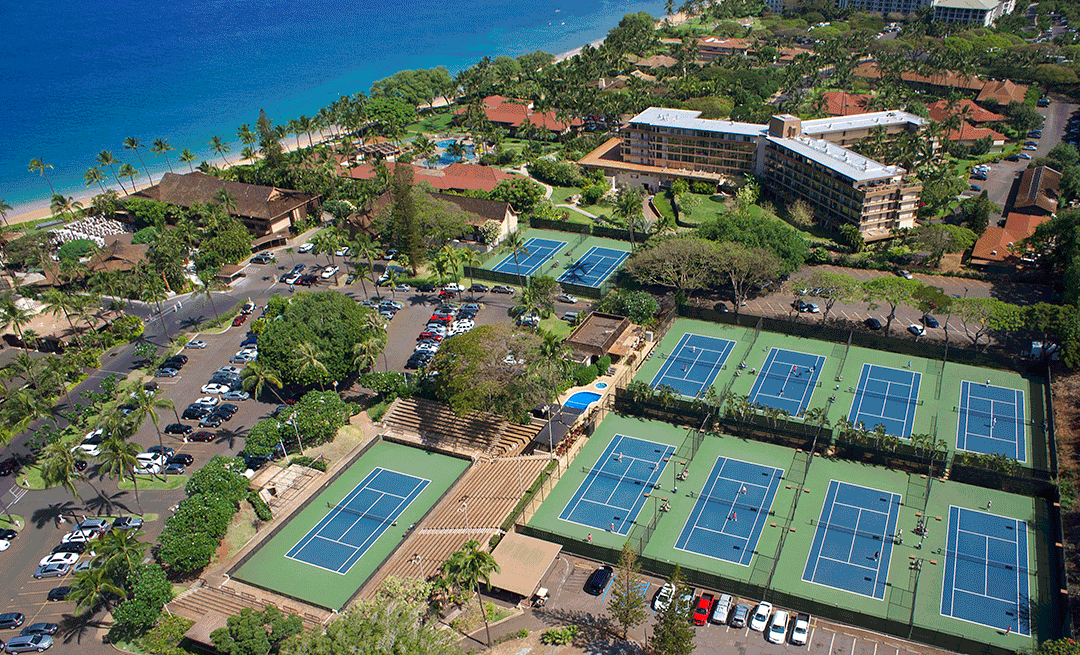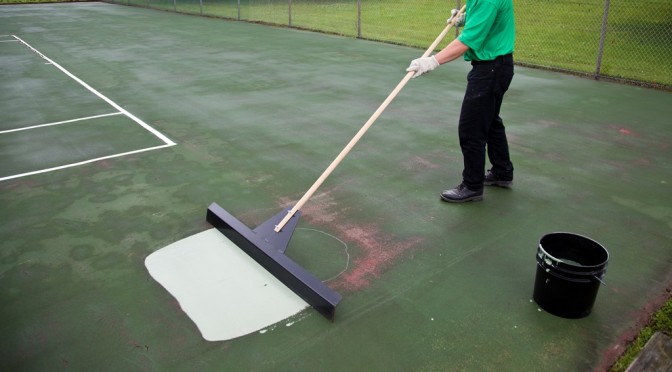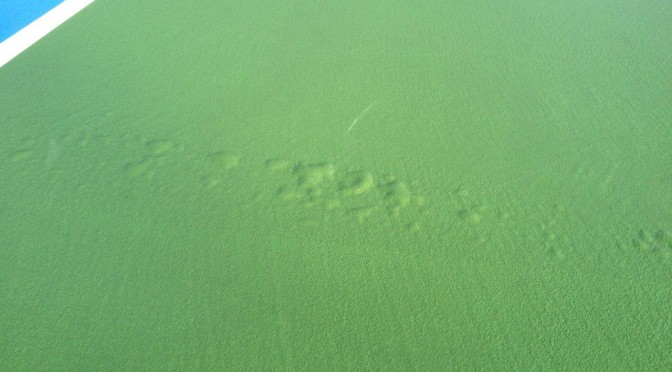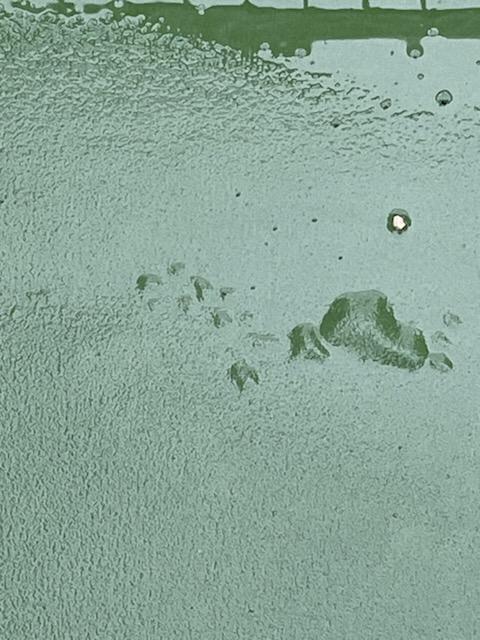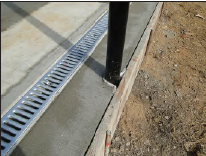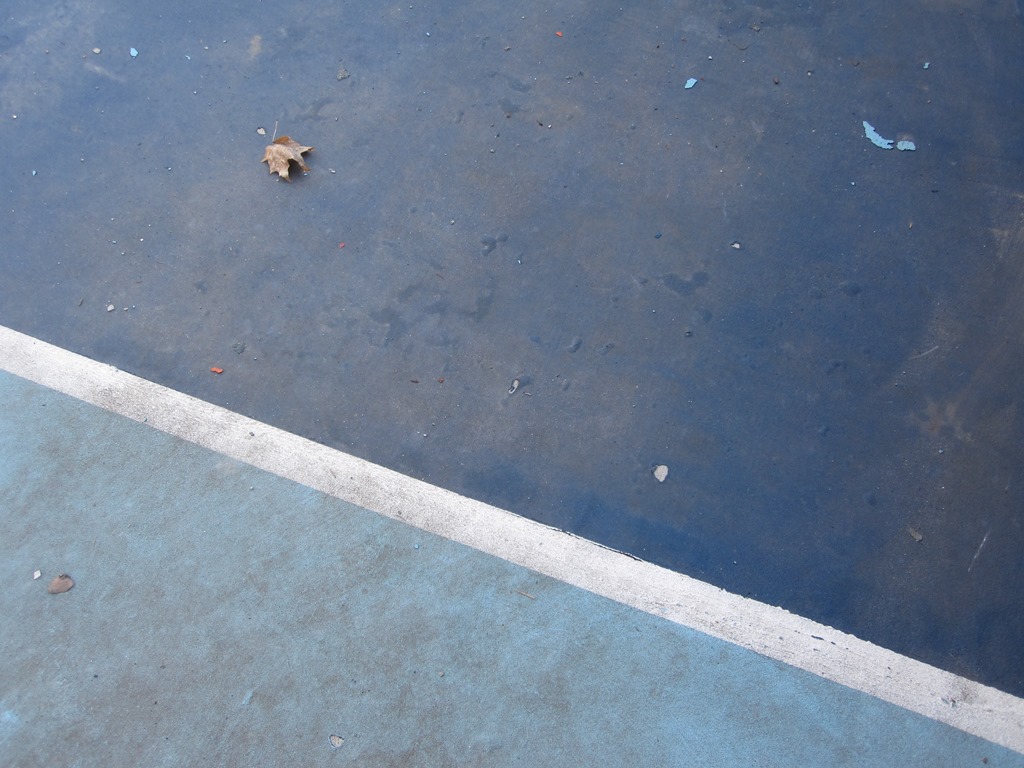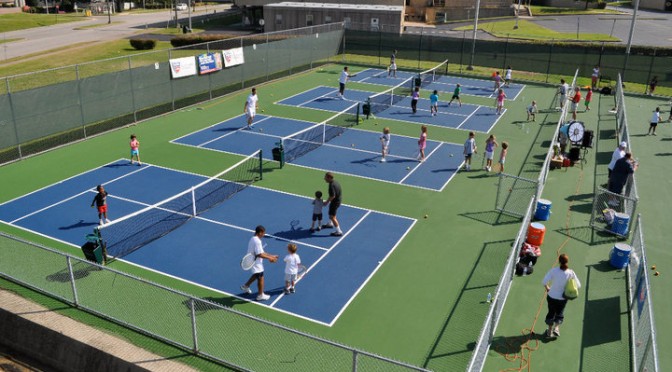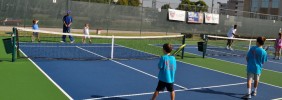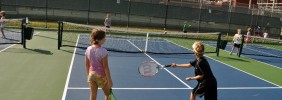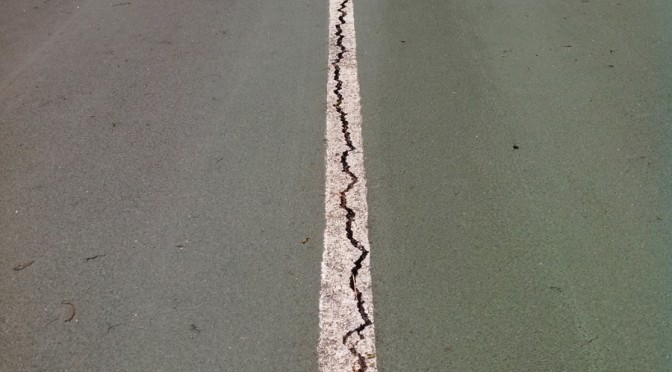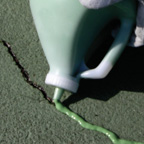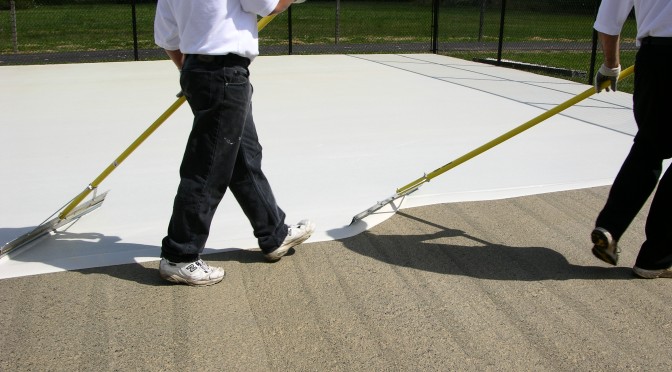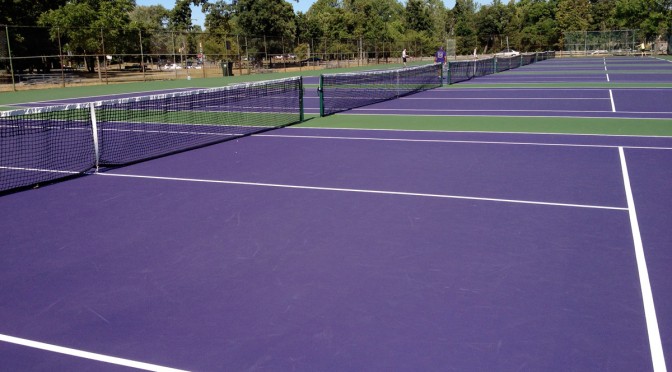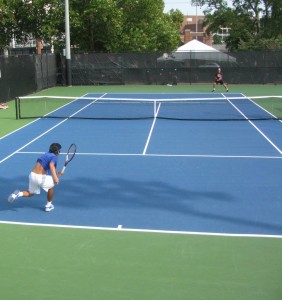There are many reasons that people request colored asphalt sealers. Even though the most common form of asphalt sealers are black, there is a growing need and desire for asphalt color coatings.
We have been producing a full line of asphalt coatings for nearly 50 years, but our ColorPave system is one of the fastest growing lines over the last 10 years. The truly unique thing about ColorPave is that it can be used in so many different areas and it covers a large variety of applications.
Benefits of Color Coating Asphalt
There are quite a few benefits of color coating asphalt, but here is a short list of the most popular reasons:
- Light colors to lower the asphalt pavement temperature (minimizing heat islands)
- Highlighting special areas or zones (color coded areas)
- Cleaner & brighter look to asphalt areas
- Driveway or parking lots with combo sports court areas (i.e. driveway basketball court)
- Green Bicycle Lanes (safer areas for non-automobile separation)
The ColorPave System | Asphalt Color Coating Paint
The ColorPave system is a 100% acrylic coating system for asphalt areas. It is durable enough for moderate vehicle traffic and available if a few different formulas (ColorPave & ColorPave HD 500)
ColorPave has been around for over 20 years, and has been used in a large variety of applications. From military to public & private installations, ColorPave provides an attractive, safe, and durable colored finish on asphalt pavement.
Parking Lot Color Coating
Color coating parking lots & parking garages is another use for the ColorPave product line. The social media giant, facebook, chose ColorPave to color coat their asphalt parking garage at the new corporate headquarters in Menlo Park, California. This provided a inviting atmosphere for employees while sealing and extending the life of their pavement.
Stamped Asphalt | Color Coatings
Color coating stamped asphalt is generally performed with our ColorPave HD product. It is a cross-linking acrylic, available in multiple colors, and fortified with silica sand for non-slip safety and durability. This system dries very fast and has a very high amount of solids for long-wear and moderate vehicle traffic.
